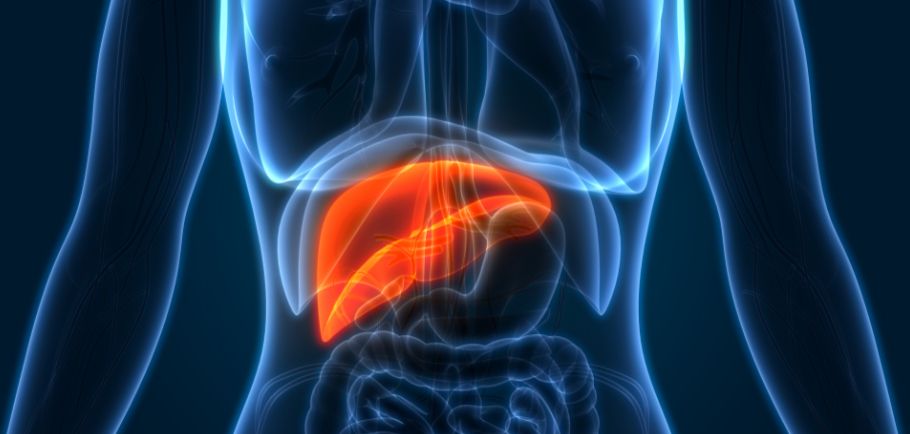Article
Cabometyx Improves Survival in Advanced Liver Cancer
Author(s):
Overall survival (OS) was improved when patients with advanced liver cancer took Cabometyx (cabozantinib), compared to those who were given placebo. All participants previously took Nexavar (sorafenib).
Overall survival (OS) was improved when patients with advanced liver cancer took Cabometyx (cabozantinib), compared to those who were given placebo. All participants previously took Nexavar (sorafenib).
An independent monitoring committee has recommended stopping the study for efficacy following review of the second planned interim analysis, according to Exelixis and Ipsen, the co-developers of the multikinase inhibitor. The companies have not released data from CELESTIAL, announcing that detailed results will be presented at a future medical conference.
“We are excited that these positive results from the phase 3 CELESTIAL trial bring us one step closer to the potential of offering previously treated patients with this aggressive form of advanced liver cancer a much-needed new treatment option,” Gisela Schwab, M.D., president, Product Development and Medical Affairs and chief medical officer, Exelixis, said in a press release. “This is an important milestone for the Cabometyx development program; we are committed to studying Cabometyx in a range of tumor types as part of our mission to deliver medicines that improve treatment outcomes and give patients hope for the future.”
The randomized, global phase 3 CELESTIAL trial examined Cabometyx versus placebo in patients with advanced hepatocellular carcinoma (HCC) who received up to two prior systemic cancer therapies for HCC and had adequate liver function (773 patients).
Patients were randomly assigned two to one to placebo or 60 mg of Cabometyx once daily or placebo, and were stratified based on etiology of the disease (hepatitis C, hepatitis B or other), geographic region (Asia versus other regions), and presence or absence of extrahepatic spread and/or macrovascular invasion. Crossover between the study arms was not allowed.
The primary endpoint for the trial is OS, and secondary endpoints include objective response rate (ORR), and progression-free survival (PFS). Exploratory endpoints include patient-reported outcomes, biomarkers and safety.
Based on available clinical trial data from various published trials conducted in the second-line setting of advanced HCC, the CELESTIAL trial statistics for the primary endpoint of OS assumed a median OS of 8.2 months for the placebo arm. A total of 621 events provide the study with 90 percent power to detect a 32 percent increase in median OS at the final analysis. Two interim analyses were planned and conducted at 50 percent and 75 percent of the planned 621 events.
Previously, phase 2 results were published in the Annals of Oncology for 41 patients with HCC assigned to 100 mg daily of Cabometyx during a 12-week lead-in phase. At week 12, patients with stable disease were randomly assigned to Cabometyx or placebo, patients with a partial response could continue open-label Cabometyx treatment, and patients with progressive disease at or before week 12 discontinued treatment.
The primary endpoint of the lead-in phase was objective response rate (ORR) at week 12 and the primary endpoint for the randomized phase was PFS.
Among the 41 patients enrolled to receive open-label Cabometyx during the 12-week lead-in, 12 discontinued study treatment before week 12, seven continued open-label Cabometyx after week 12, and 22 were randomized to receive Cabometyx (10 patients) or placebo (12 patients).
Median PFS after randomization favored the Cabometyx group (2.5 vs 1.4 months), but the difference was not statistically significant. From day one, median PFS was 5.2 months and OS was 11.5 months in all patients.
ORR was 5 percent at week 12 and 2 patients had a confirmed partial response. The overall disease control rate was 66 percent, rising to 73 percent in the Asian subgroup.
Of 36 patients with at least one post-baseline scan, 78 percent had tumor regression, with no apparent relationship to prior Nexavar therapy.
The most common grade 3/4 adverse events were diarrhea (20 percent), hand-foot syndrome (15 percent) and thrombocytopenia (15 percent). Nearly two in three patients (59 percent) required dose reductions.




